This past year has been a lot of fun looking at different cameras. While some of these cameras I will have already released a review, others will be coming out next year. But that’s the thing about writing these reviews is that I’m often working 2-3 months ahead of the actual release. I put a lot of work into these reviews, between looking up specs, shooting multiple rolls of film through the cameras and trying to get the best results so I can give a fair and balanced review. But a group in the film photography blogging community decided to put out a series of entries this month that looks at three cameras we used in 2022! And I will admit, it was hard to choose three cameras as I have shot a lot of amazing and weird cameras throughout 2022! But here are my three choices for favourites of 2022!

As I mentioned, this is a part of a series of entries from a group of film photography bloggers; please check out their entries as part of this series.
Mike Eckman
Kosmo Foto
Aly’s Vintage Camera Alley
Canny Cameras
Aperture Preview
Down The Road
Camera Go Camera
PhotoThinking
Urban Adventure League
Johnny Martyr
Jim Graves
Kevin Devereux
Dan (Going Lomo)
Nikon FE2
As much as I shoot a lot of autofocus these days, I still have a soft spot for manual focus cameras. I used the FM and FE last year but came across an FE2. I have known the FE2 but never thought I would need/want an FE2. But there is one thing that sets the FE2 apart from the FE. Besides being newer, with slightly better specs on the shutter and metering, the viewfinder is brighter. And that is true; when holding the FE next to the FE2, the viewfinder is brighter and has more coverage.

Nikon D750 – AF Nikkor 50mm 1:1.4D

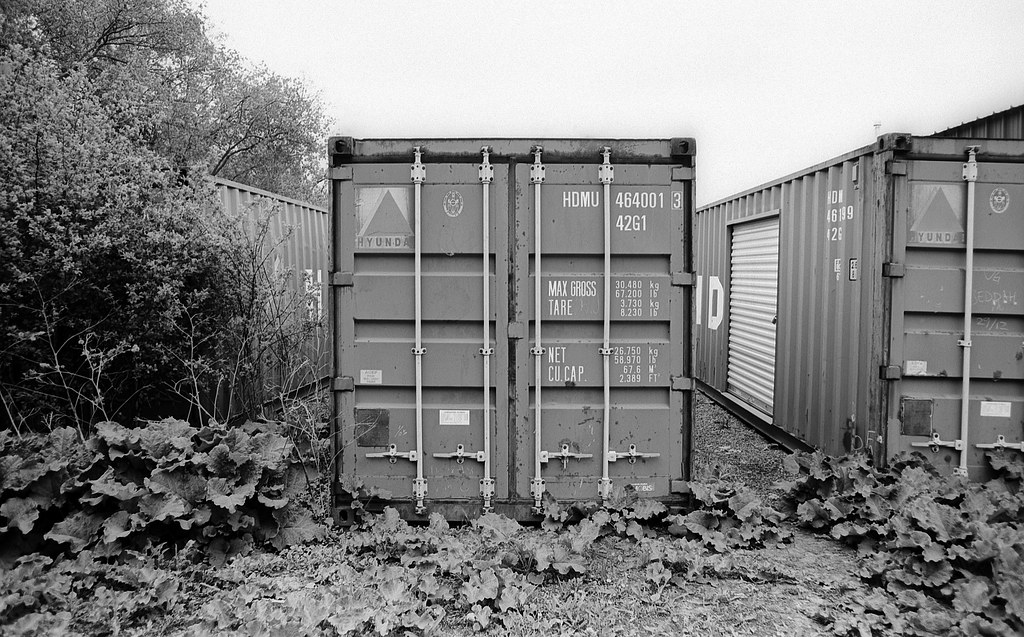

The FE2 has become a fast favourite camera in my kit when I need something powerful but small and lightweight. I can use it with every manual focus lens I have for my Nikkor kit with excellent results. It will be the camera I reach for when travelling, and I don’t have space or time for my larger AF Nikons. Plus, with my growing manual focus Nikkors, I have a flexible and quality optical kit to back the camera up. You can read my review of the FE2 here.
Mamiya C220f
I love TLR cameras; my Rolleiflex 2.8F is hard to beat in size, operation, build and image quality. But it does have one big limitation; it only has a single fixed lens. I’m not complaining about the Zeiss Planar 80/2.8. Sometimes you need something extra. Thanks to my good friend Bill Smith, I had the chance to finally try out the legendary Mamiya C-Series TLR, specifically the Mamiya C220f. Bill also provided a full range of lenses, including the wide-angle 55mm, the desirable 80mm blue-dot, the brilliant 105mm and the beastly 180mm. The camera was heavy, but not as heavy as I thought, and the optics were brilliant. Even the 180mm, despite throwing the camera’s centre of mass off a lot.

Nikon D750 – AF Nikkor 28-105mm 1:3.5-4.5D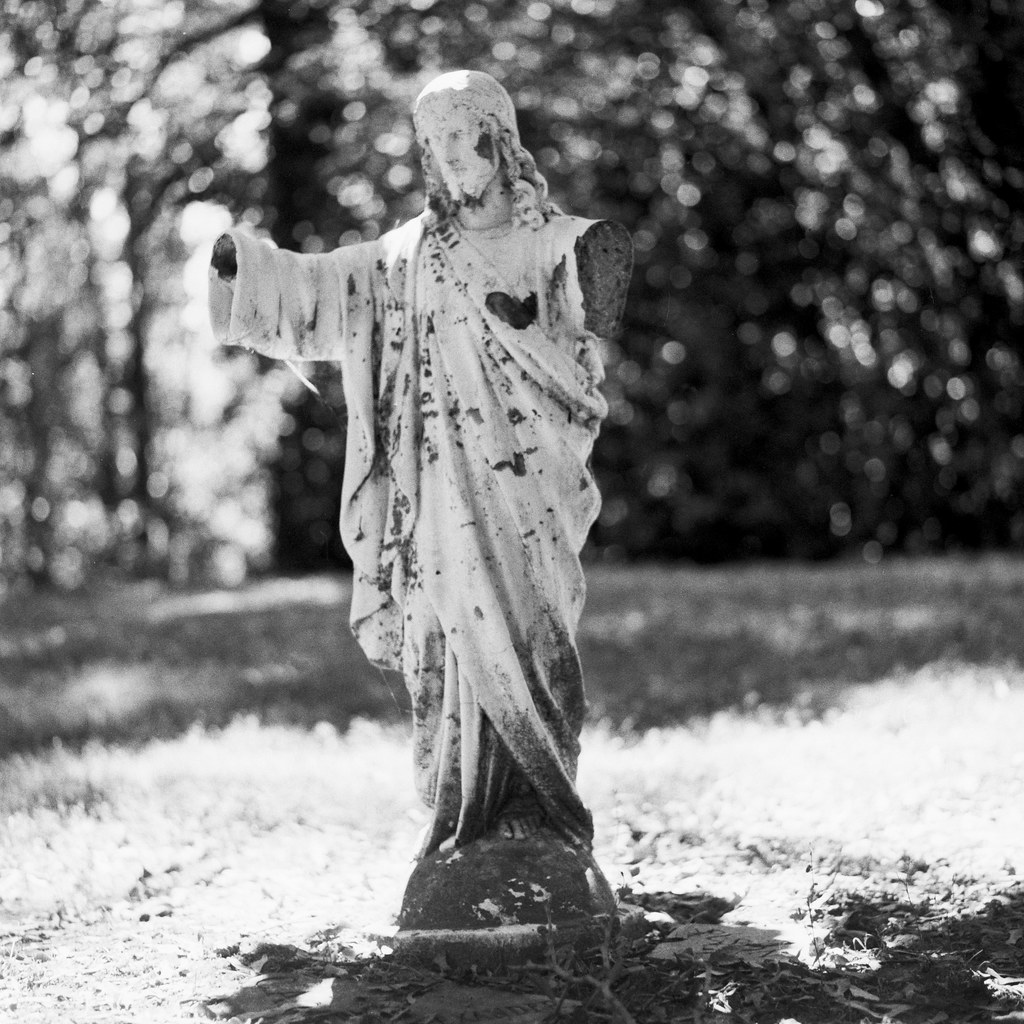



Working with the C220f was a lot of fun and reminded me of what the TLR can be, and the results I got from the C220f were amazing. But I’m also happy that I don’t own the camera, it would be another system I would have to store, and it would not be easy to bring along on trips. But I can certainly see their draw, being able to have all the functionality and flexibility of a 6×6 negative, several focal lengths, I can see why Rollei tried to adapt when the C-Series hit the market, but they never quite got past the idea of being able to swap out lenses. You can read my review of the C220f here!
Konica-Minolta Maxxum 70
If there is one thing I did a lot of this past year, it started to explore the entry-level offerings from Nikon, Minolta, and Canon. And despite being tied into my professional body, there is a certain breath of fresh air when shooting something designed to make your life easy. I’ve worked with the Nikon F65, and Canon EOS 3000, both excellent cameras and worthy of inclusion, but the first one I tried out was the Konica-Minolta Maxxum 70. This camera looks and feels like my Maxxum 9 and takes all the lenses plus more from that kit. And while the 70 has its faults, it will play a role next year.

Nikon D750 + AF Nikkor 50mm 1:1.4D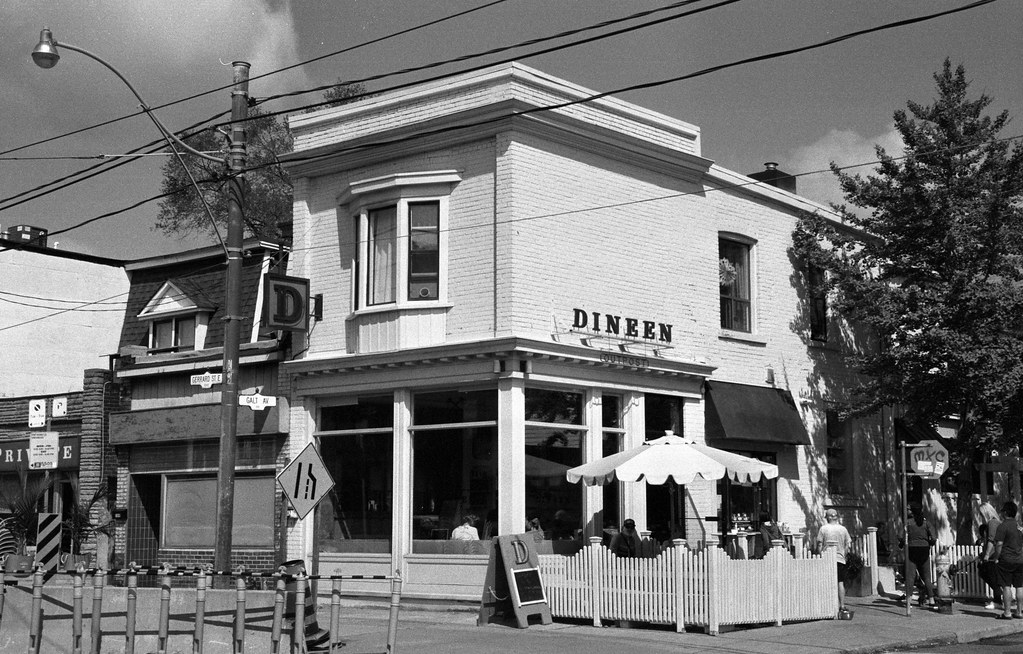

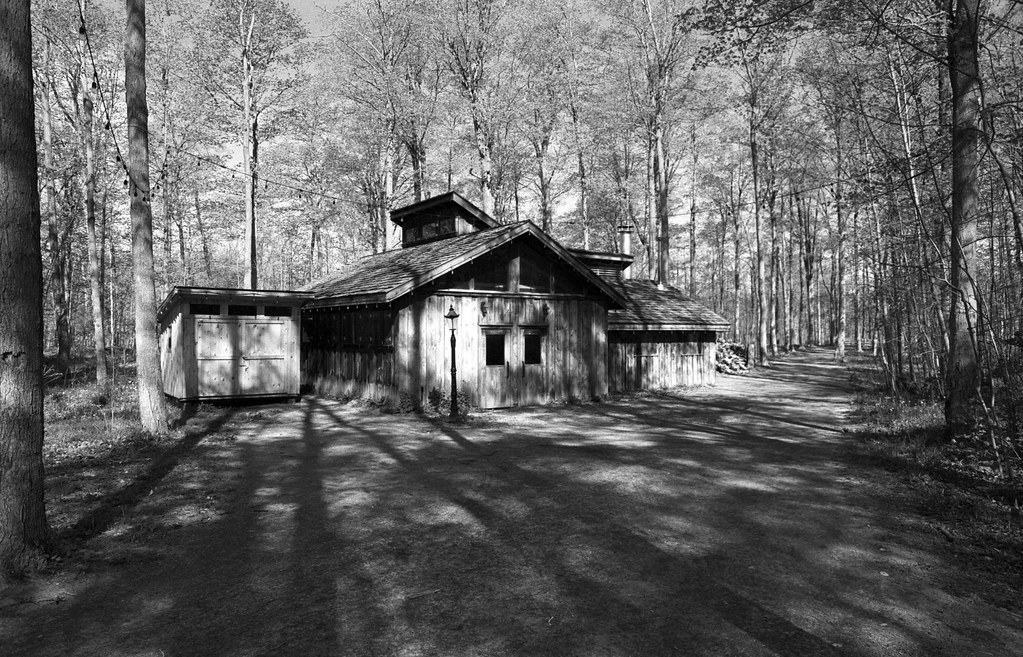
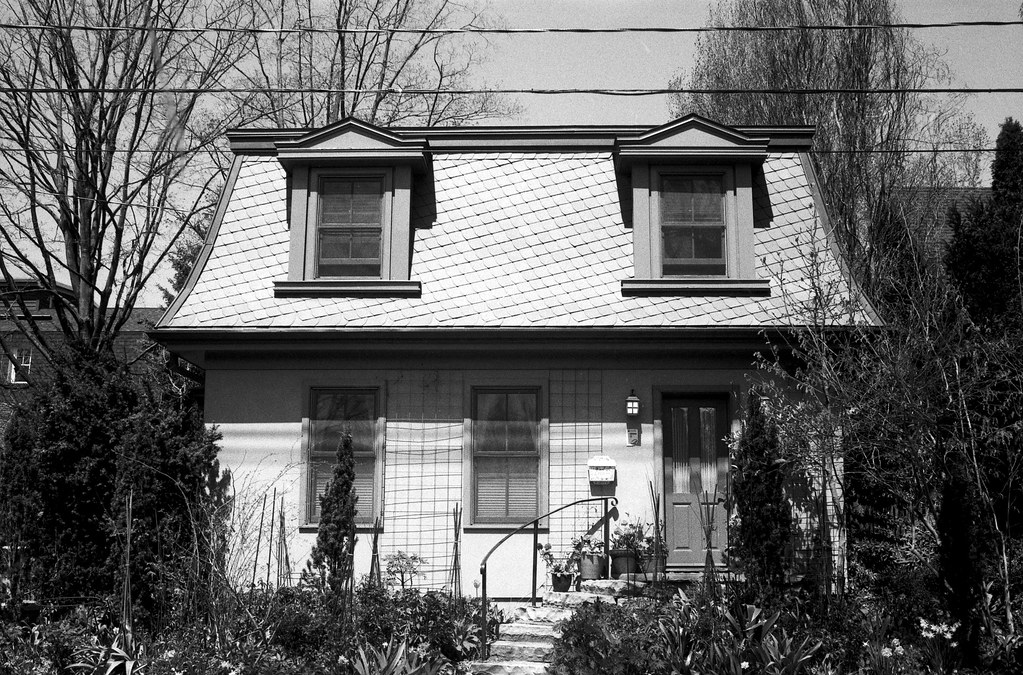
The Maxxum 70 and the 28-100mm lens will be my camera and lens of choice for the Frugal Film Project next year, and despite the faults with the lens, I am looking forward to taking a different approach to my work. Clearing the air and getting a new perspective. The best is that the 70 is compact, even with the lens, and I can take it anywhere in almost any situation (probably not indoors), and it will deliver excellent results. You can read my review of the Maxxum 70 here!